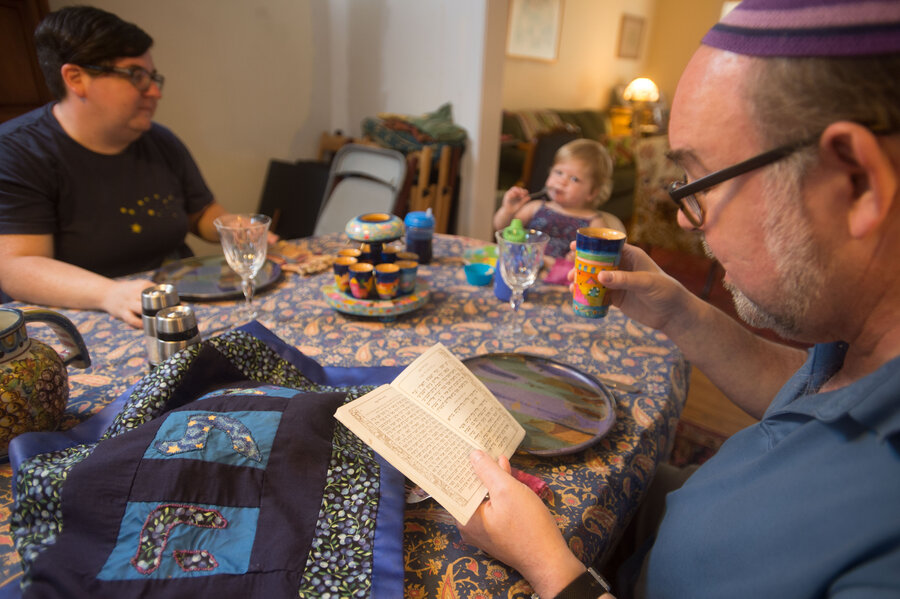Are Americans becoming less religious? Yes and no
Loading...
Religious people still represent the majority of Americans, but the gap between them and the religiously unaffiliated is widening.
The perception that America is heading toward European levels of secularity arises from a shift in the number and behavior of non-religiously affiliated Americans, or “nones," according to a Pew Research Center study released Tuesday.
“The ‘nones’ not only are growing in number, but also distancing themselves even further from traditional, institutional religion,” Alan Cooperman, director of religion research at the Pew Research Center, said in a press release.
Self-described “nones” grew from 16 percent of American adults in 2007 to 23 percent in 2014, and the number who say they believe in God dropped from 70 to 61 percent in the same time period, Pew reported.
The non-religious in America are increasing both in number and in antipathy toward religion, but the faithful remain unaffected, said Gregory Smith, the Pew study’s lead researcher.
Is America becoming less religious? It depends on where you look. If you’re looking at the public as a whole, then the answer is yes – we find small but statistically significant declines, overall, in belief in God and several other conventional measures of religious commitment. But if you focus just on people who say they belong to a religion – and that’s the vast majority of Americans – they are, on balance, every bit as religious as they were in the recent past.
Religious observance has stayed constant – the percentage of worshippers who believe in God, pray daily, and attend religious services at least monthly holds steady around two-thirds or higher, according to the Pew study. In fact, 41 percent rely on their religious beliefs for guidance to make decisions, up from 34 percent seven years ago.
America’s culture experiences cycles of religiosity, Frank Newport, editor in chief at Gallup, told The Christian Science Monitor. Americans attend church regularly at roughly the same levels that they did in the 1940s, he said, but they have the perception of unprecedented decrease because church-going in the 1950s and ’60s became unusually high. As The Christian Science Monitor reported:
America is far from becoming a churchless nation. On any given Sabbath, for instance, some 4 out of 10 Americans will make their way to churches and synagogues, mosques and temples – a number that hasn’t fluctuated dramatically in the past half century.








